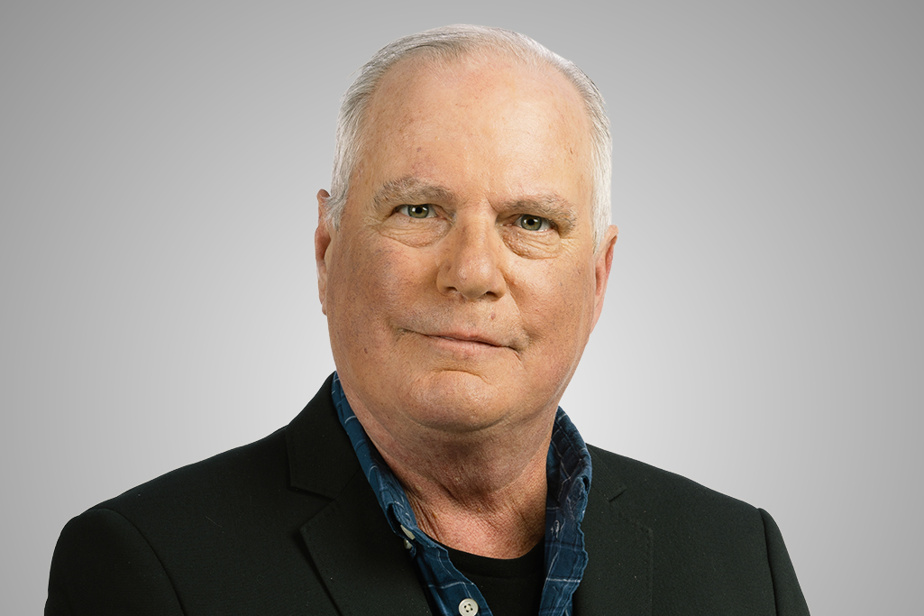Prime Minister François Legault took advantage of the inauguration of the Romaine complex on Thursday to reaffirm his intention to relaunch Quebec in the development of new hydroelectric production capacities. Quebecers are not against major projects, they just want to be convinced of their relevance and their absolute necessity.
Beyond the essential energy transition which will require additional electricity production so that Quebec can achieve its carbon neutrality objectives by 2050, many Quebecers are wondering about the use that will be made of the additional kilowatt hours that we want to install.
We know that to meet the needs of the Quebec population, serve its industrial customers and honor its firm export contracts, Hydro-Québec will have to increase its production of renewable energy by at least 50% by 2050. We are talking of 100 terawatt hours to be added to the current maximum installed capacity of 179 terawatt hours.
This order, which already seems disproportionate, will not be filled by the sole optimization of current production capacities – with the installation of more efficient turbines – or the addition of wind or solar power; it will be necessary to build new dams and develop new gigantic reservoirs whose environmental impact remains highly problematic.
However, the Prime Minister does not seem to want to limit his appetite to provide Quebec with an unrivaled renewable energy strike force in order to achieve his ambition of making the Quebec state the green battery of northeast America.
François Legault is now raising the possibility of an additional capacity of 150 terawatt hours – the equivalent of 19 hydroelectric complexes like that of Romaine – to allow Quebec to maximize its industrial potential and attract new foreign investments.
His obsession with increasing the standard of living of Quebecers compared to that of Ontarians, by dangling the mirage of electricity as a means of achieving this, nevertheless involves significant risks that must absolutely be mitigated.
Quebec will obviously wait for the update of Hydro-Québec’s 2022-2026 Strategic Plan to be submitted soon by its new CEO Michael Sabia, but, as we know, François Legault wants to use Quebec’s renewable energy as a strength. industrial attraction.

PHOTO JOSIE DESMARAIS, THE PRESS
Prime Minister François Legault during the inauguration of the Romaine hydroelectric complex, Thursday
Will the construction of new dams become the next third link, a bold promise which is unlikely to materialize because the complexity and costs of the projects will be high and their relevance called into question?
We know that in this era of energy transition, sobriety remains an essential factor that must constantly be taken into account both at the stages of production and consumption, especially with the growing volatility induced by climate change.
For example, Radio-Canada reported on Thursday the latest data collected by the Régie de l’énergie showing that energy stocks are at their lowest in eight years in Hydro-Québec dams.
Last May, it was forecast that the water stocks stored in the state company’s 27 reservoirs would total 124 terawatt hours on 1er January 2024. Most recent State of reserves and energy reliability indicates instead that these reserves will reach 104 terawatt hours, a drop of 20 terawatt hours or 16%.
Result: Hydro-Québec will have to reduce its electricity exports, a reduction that the Ministry of Finance estimates at 650 million in expected loss of revenue from Hydro-Québec.
This underperformance of Hydro-Québec, the worst since 2015, is attributable to the light rains recorded in Northern Quebec during the month of June, a drought which led to the series of forest fires that we suffered during the months of June and July.
We may build new dams, but how will they be optimized in 20 or 30 years when global warming has continued its inevitable progress?
Over the past five years, I have taken the time during the summer to visit three large Quebec hydroelectric complexes, that of LG-2 in Baie-James, that of Manic-Outardes north of Baie-Comeau and finally the Romaine in Basse-Côte-Nord.
Each time, it is with the same fascination that I have contemplated these immense works which it is difficult to imagine were built with the sweat of men and women. Quebec is capable of carrying out major projects, but the conditions that allow them to be fully exploited must be there.
